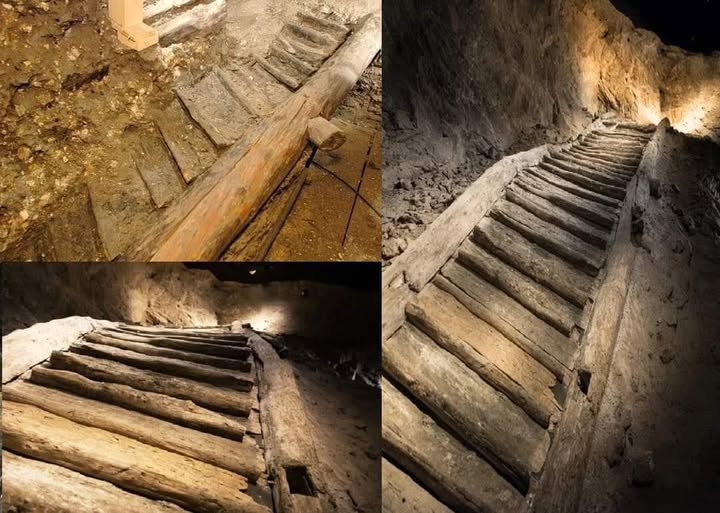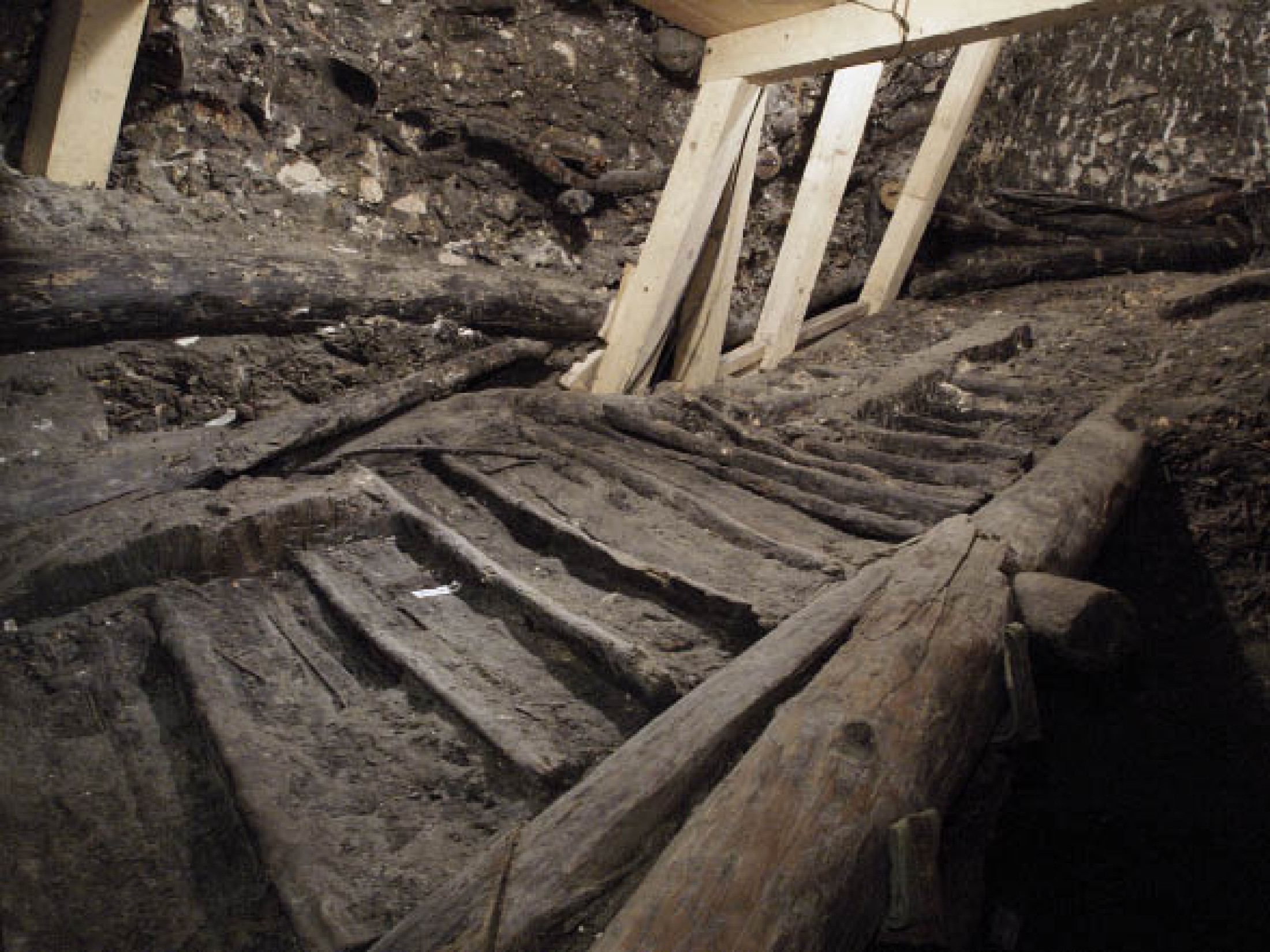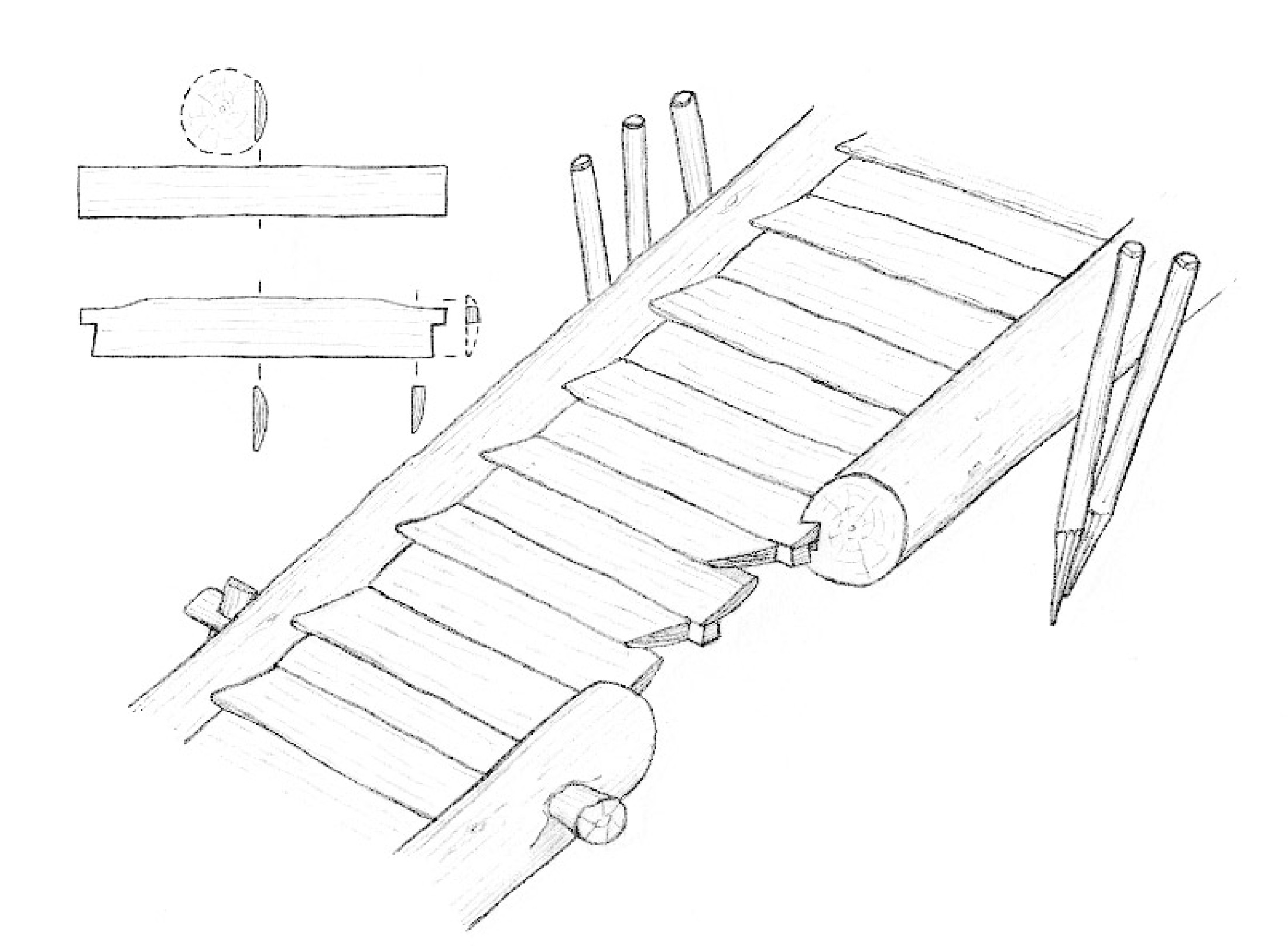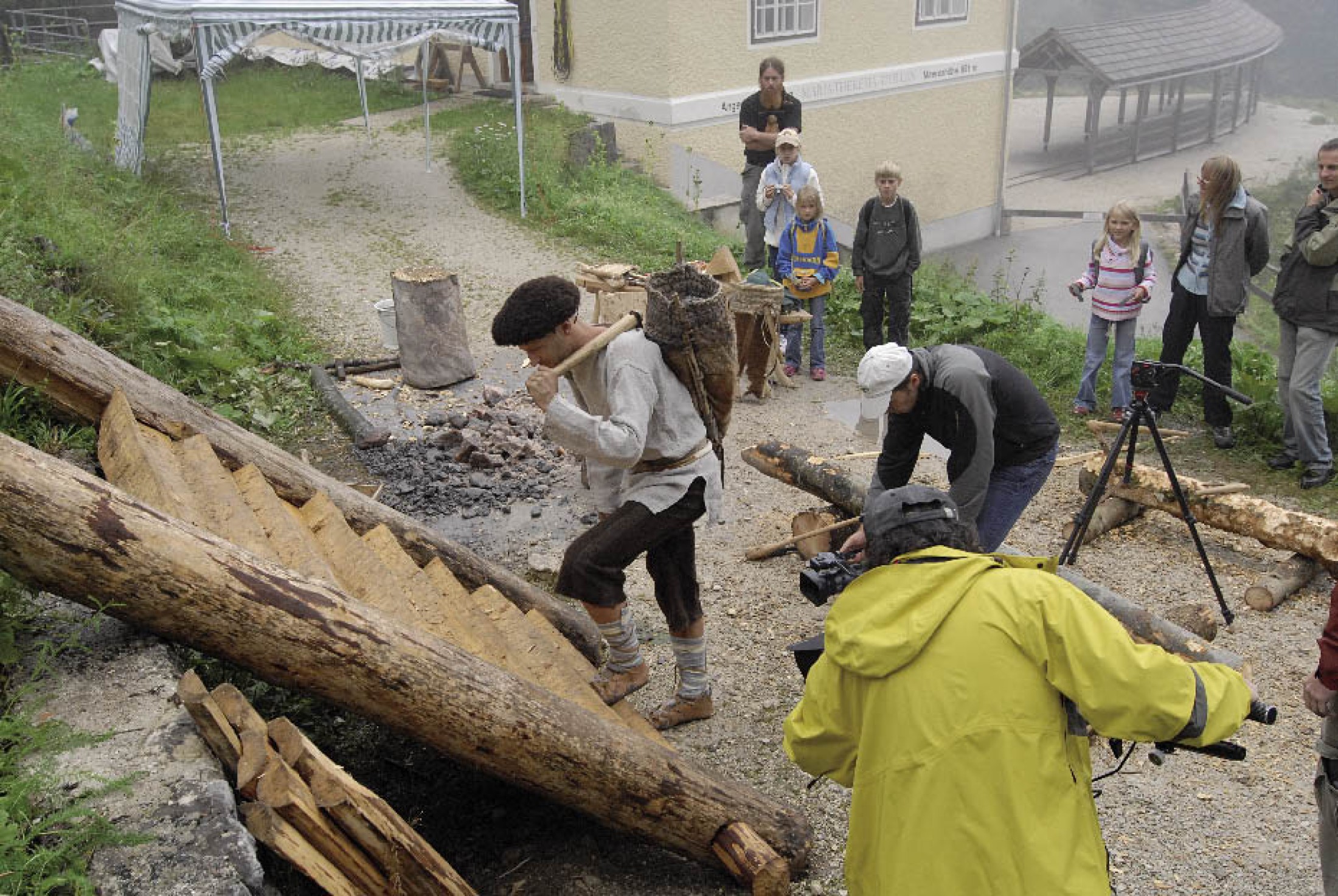
This 3100 years old wooden stairs are oldest in Europe, and were found in a prehistoric Hallstatt salt mine in Austria.
Transport Paths – The Hallstatt staircase
In 2003, a wooden stairway was discovered in the Christian von Tuschwerk. Tree-ring dating techniques have made it possible to date this staircase to 1108 BC, making it the oldest surviving set of stairs in Europe. Each step was 1.20m wide, meaning that miners could ascend and descend at the same time.
Find site and dating
In 2003, a wooden stairway was discovered in the Christian von Tuschwerk. It is the oldest known wooden staircase in Europe. Dendrochronological analysis has shown that some of the timber was felled in the year 1108 BC, which means that the stairs have been preserved almost intact for more than 3,100 years.
Construction method
In terms both of its construction and its level of preservation, this stairway is absolutely unique – no similar example is known either from earlier or from more recent times. The construction details relate to requirements for portability (the staircase had to be a demountable, modular construction), adjustability (the tread angle had to adapt to different shaft inclinations within the mountain) and replaceability. The amazing width of the 1.20 metre steps made it possible to transport heavy loads, while also allowing personnel access and a two-way (synchronous up/down) circulation with carrysacks.
Similar finds
Although the construction is absolutely unique and not found in other mines (for instance prehistoric copper mines), the stairway in the Christian von Tuschwerk is not a completely isolated case within the Hallstatt salt mine itself. Parts of such stairs have been discovered in several zones, suggesting that this was the usual access equipment for Bronze Age salt mining. There were probably two variants, a wide construction supported on the mining waste and predominantly for salt transport, and a narrower version in the shafts for personnel access only.
The stairs from the Christian von Tuschwerk mine
The staircase from the Christian von Tuschwerk extends over 8 metres, with 1.20 metre wide treads. The construction was designed as an aid to get over huge heaps of mining waste, upon which it rested. The treads are fitted into the grooves of the two stringers. The small tread-ends at each end serve to fit the treads into the grooves of the stringers. The woodworking traces preserved within the groove of the stringer show that it was not chiselled or cut with an adze, rather that it was created by transverse cutting using a bronze axe. There were probably two variants, a wide construction supported on the mining waste and predominantly for salt transport, and a narrower version in the shafts for personnel access only.
(Reschreiter, H. – Kowarik, K. – Loew, C.)





